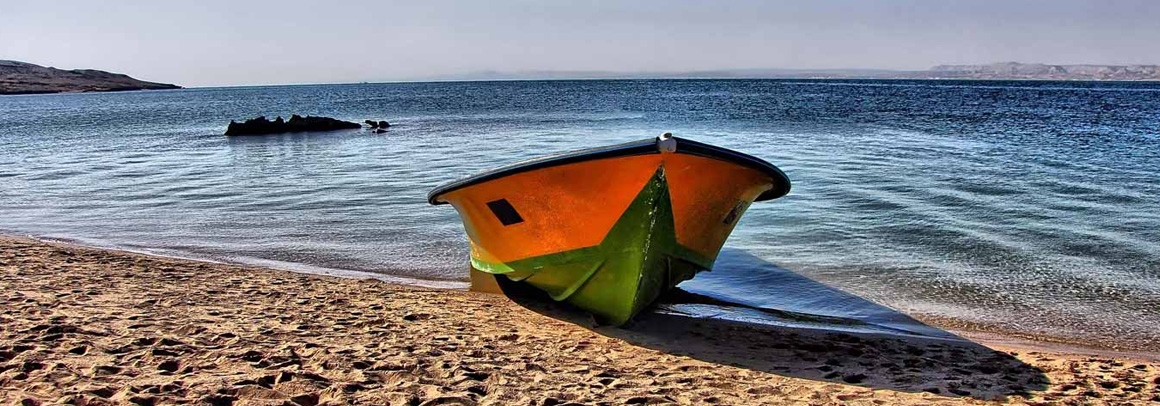. Its area is 70,697 km2 (27,296 sq mi),[2] and its provincial capital is Bandar Abbas. The province has 14 islands located in the Persian Gulf, and 1,000 km (620 mi) of coastline.
The province has eleven major cities, namely: Bandar Abbas, Bandar Lengeh, Hajiabbad, Minab, Qeshm, Jask, Bastak, Bandar ...see more Khamir, Parsian, Rudan, and Abumusa. The province also has 21 counties (or districts), 69 municipalities, and 2,046 villages. In 2007 approximately 1.5 million people resided in Hormozgan Province.
The province is primarily mountainous, consisting of the southern tip of the Zagros Range. The province experiences a very hot and humid climate, with temperatures sometimes exceeding 120F (49C) in summers.
Although Hormozgan is known to have had settlements during the Achaemenid era and when Nearchus passed through this region, the recorded history of the main port of Hormozgan (Bandar‑e Hormoz) begins with Ardashir I of Persia of the Sassanid empire.
The province is said to have been particularly prosperous between 241 BC and 211 BC, but grew even further in trade and commercial significance after the arrival of the Islamic era.
In 1497 European colonialists landed in the region for the first time, headed by Vasco da Gama. In 1508 the Portuguese, led by Afonso de Albuquerque invaded the area with 7 warships, under the pretext of protecting their interests from Egypt and Venice. The port of Hormuz was at this time considered a strategic port for commercial interests in the Persian Gulf.
Ismail I who was trying to counter the Ottoman Empire to the west, was unable to save the port from the Portuguese, until Shah Abbas I was finally able to drive them out of the Persian Gulf with the aid of the British. The name of Bandar Abbas comes directly from the name of Shah Abbas I.
The British, meanwhile, were competing for influence in the region with Dutch colonialists, who finally invaded Qeshm island and dispatched warships to Bandar Abbas during the final years of Shah Abbas' reign. The Persian government was unable to defend itself against this attack. However, with the souring of British and Dutch relations, military tensions grew in the region. The Dutch finally resorted to moving their base up to Kharg Island.
The Amir of Kharg, Mir Mahna, was however able to defeat the Dutch forces at Kharg, leaving the British firmly in charge of the entire region. Soon Britain took control over the entire Persian Gulf via the British East India Company. The British adopted a policy of encouraging local autonomy throughout the Persian Gulf so as to prevent any possible formidable unified force from threatening their establishments in the Persian Gulf.
The strategic importance of the Persian Gulf further increased after World War I with the discovery of oil in the region.
Today, Hormozgan today has 11 ports, 5 national airports, and 3 international airports. The province has an active agriculture sector, ranking first in Iran in lime production and second in date production. 30% of Iran's fishery produce comes from this province. three major hydro dams serve the water needs of the province, namely Esteghlal Dam (i.e., Minab Dam, which supplies major part of consuming water of the Bandar Abbas), Jegin Dam, and Shemil Dam.
Germany has recently offered to build a bridge that would connect Qeshm island to the mainland, a formidable project.
Hormozgan has two free trade zones, one in Kish, the other on Qeshm island. The Kish Island, situated in a free-trade zone, is home of the Iranian oil bourse.
Hormozgan has 4- and 5-star hotels with modern amenities. The Cultural Heritage Organization of Iran lists 212 sites of historical and cultural significance in the province.
- Home
- Our Advantages
- Iran Tours
- Tailor Made
- Visa
- Iran Travel Guide
- Gallery
- Contact Us





